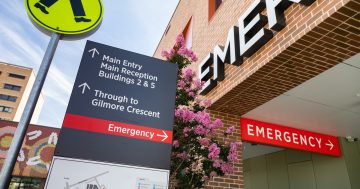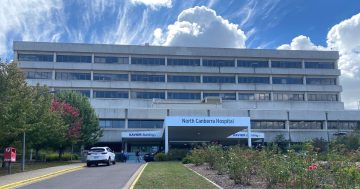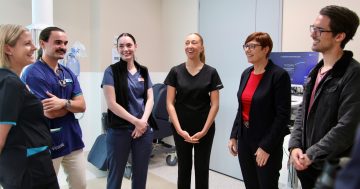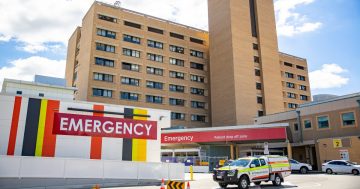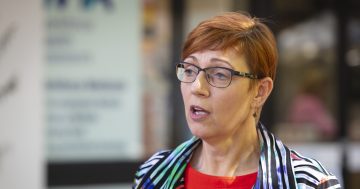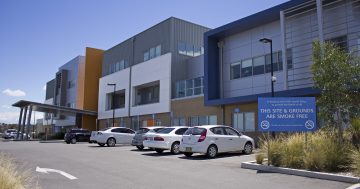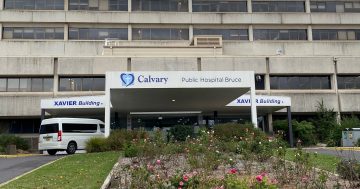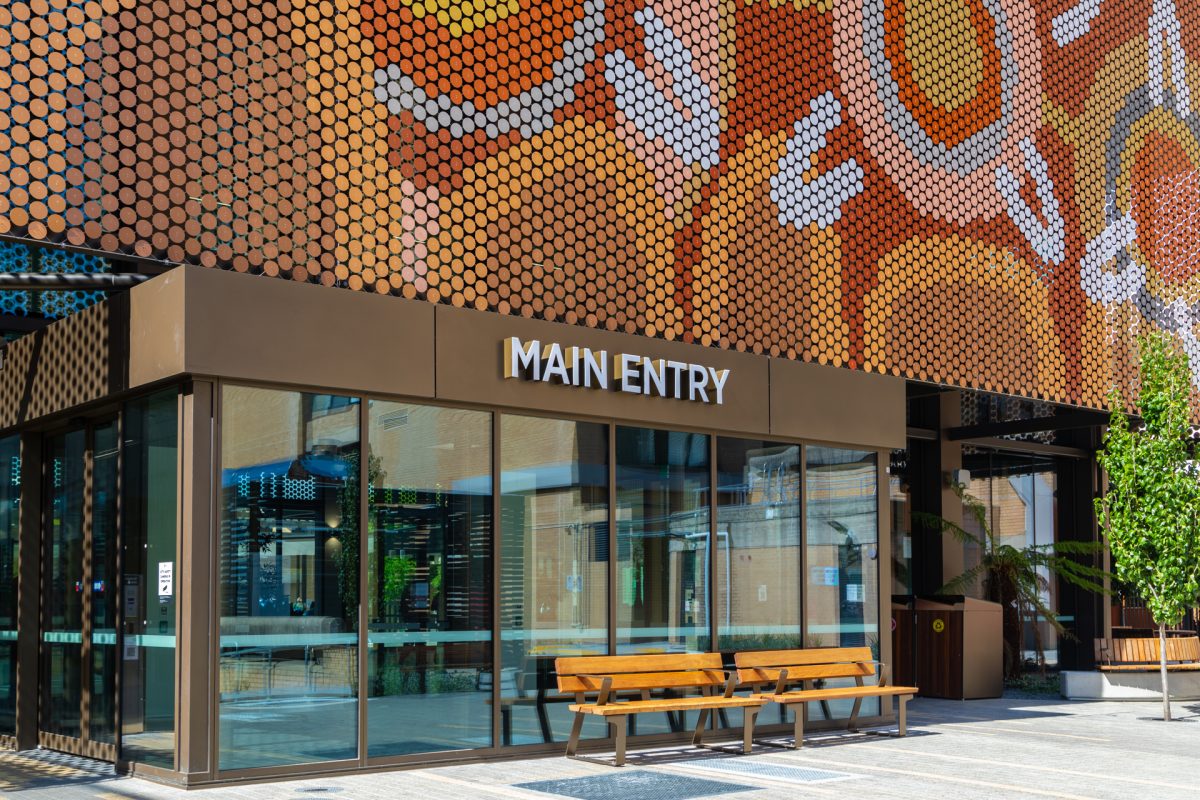
Canberra Hospital is the nearest tertiary hospital for the surrounding region. Photo: Michelle Kroll.
The cash-strapped ACT health system may not be rationing cross-border patients, but it is working to “reverse the flow”, claiming that what NSW pays the Territory does not cover the full cost of treating its residents.
The ACT has denied allegations that it is turning away NSW referrals and cutting them from waiting lists, but a South Coast doctor says dealing with the ACT has become increasingly opaque, and public patients with non-emergency conditions face interminable waits for a referral to be processed.
The result is that they may never actually be treated in the ACT.
All referrals now have to be made electronically through the HealthLink platform, which the doctor said was a good system, but that didn’t mean referrals were actually being actioned.
“It’s a very opaque process,” the doctor said. “Sometimes you get a letter back saying they’ve been accepted and then they just never get an appointment.
“And the timing and the triaging just seems ad hoc. Some of them just never get called, or they just get bumped, year after year, waiting for joint replacements and things.
“If you go into bat for them and spend time and effort ringing people, you can get people moved up the waiting list, but it’s not a seamless process.”
The doctor said Canberra Hospital was the nearest tertiary hospital and the NSW health districts had their own issues with constraining costs and localising treatments.
Doctors were also set in the referral patterns based on their connections and relationships, and for many, Wollongong or Sydney would not be in their orbit.
The doctor added that claims that the ACT’s blowout in health costs was unexpected did not wash, given the known needs of an ageing population.
The ACT has had to tip $227 million more into the health budget to deal with an ‘unanticipated’ surge in demand, setting off a chain reaction of belt-tightening across the rest of the government.
The ACT Government spokesperson said NSW residents were not refused services, but Canberra Health Services was working closely with the surrounding NSW region to reverse the flow of patients where appropriate and determine if the service was available closer to home.
The ACT expected the new Eurobodalla Regional Hospital under construction in Moruya to eventually take more of the load.
The spokesperson said people were not being removed from Canberra waiting lists solely because they lived in NSW, but it was likely that some NSW residents would be removed as part of a broader piece of work to review waiting lists across specialties.
NSW residents made up, on average, approximately one in four of the services delivered in ACT public hospitals, but the funding provided by NSW under the cross-border agreement did not recognise the full cost of service delivery, the spokesperson said.
“This includes costs such as capital and recognition of the higher costs faced by smaller jurisdictions, which lack economies of scale,” the spokesperson said.
Most of the NSW patients come from the greater Queanbeyan area.
In the most recent year reconciled, the ACT Government received $121.8 million from the NSW Government for NSW residents receiving care in the ACT while paying NSW $24.5 million for ACT residents treated there, meaning a net amount from NSW of $97.3 million.
The current agreement expires this year and the ACT and NSW are due to commence renegotiating it, with the ACT to seek more money to cover rising costs.
A NSW Health spokesperson said NSW paid the cost of care for all NSW residents treated in ACT, in accordance with the NSW-ACT Cross Border Agreement.
This contribution was calculated using the National Efficient Price, which is set by the Independent Health and Aged Care Pricing Authority, and actual activity.
The ACT spokesperson said the recent draft NEP determination by IHACPA is costed at $7262 per national weighted activity unit or average service for 2025-26.
“After the application of back-casting, this is an increase of 5.6 per cent from the NEP for 2024-25. However, the raw year-on-year increase was estimated to be closer to 12 per cent,” the spokesperson said.
A NSW Health spokesperson said the ACT Health Directorate engaged at several levels to support health services for ACT and southern NSW residents.
ACT residents also benefited from receiving care in NSW when they needed it, including specialist services that were not available in ACT.
“In addition, NSW clinicians work in collaboration with ACT clinicians to provide support to benefit patients, particularly at the Sydney Children’s Hospital Network,” the spokesperson said.












